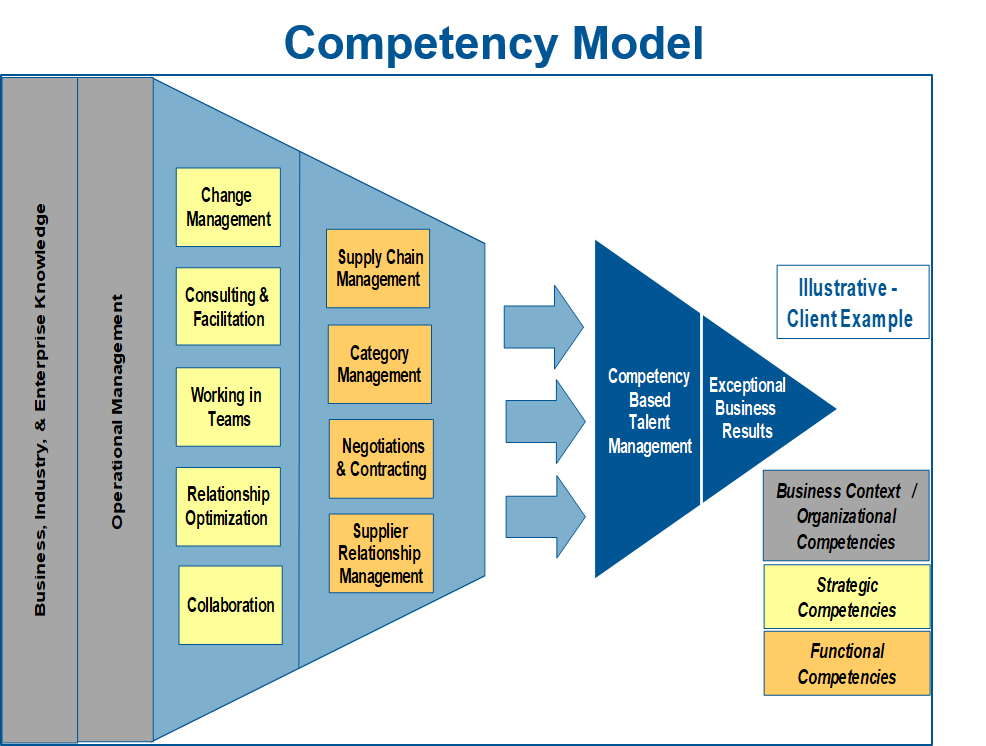Last time I laid out a scenario about reducing the Response Lead Time (“RLT”) for the National Grid and made the point that RLT is a real tangible thing that can and must be developed as an Organizational Competency. There are two things that are cast in stone – we will live with COVID till eternity AND there will be more “COVID”s – I just can’t tell you exactly when. Therefore, improving your RLT will be an absolute measurable competitive advantage – you can bet the house on that.
Just as a reminder, here are the points I raised about the National Grid RLT in my last post. While there may not be a 1 to 1 correlation, at a meta level (as the kids are now fond of using that term 😊), we can all agree that it is very similar to the challenges we face with the response to COVID?
- Multiple competitors
- Key component (Large Transformers) is not a warehouse item
- Long lead time
- Different standards and specifications
- Shipping is highly complicated
- Supply market has limited surge capacity
- Global implications
- Regulators
So how would you have gone about solving this dilemma? Let me focus our conversation around this slide:
and ask some rhetorical and obvious questions knowing you already know the answers. Which processes would have been most helpful in dealing with multiple competitors all with different standards and specifications? In getting suppliers to collaborate and come up with creative contracting? How would you have managed the relationships amongst competitors and with suppliers to continuously improve the RLT? Getting to competitive pricing was hardly a challenge given the tremendous leverage this created given the volumes we were projecting. In fact, one could argue that too much volume decreased leverage because suppliers know it outpaces the combined capacity of the market and we had to protect against that. So clearly it was the strategic processes that were most helpful in this situation while not taking away from the role the tactical processes played.
Similarly (and yes, it’s a dead horse 😊), while the tactical competencies were clearly necessary, it was the strategic competencies that helped with the RLT :
Organizational Competency includes the right processes with individuals who have the right competencies amongst other things. Let me illustrate with another example from the current headlines. As you have heard us say, COVID is a Predictable and Inevitable event as are most of the things that are part of any risk register from the most sophisticated risk analysis. Getting someone to actually do something about those risks is the challenge and that’s where the strategic processes come in. It’s all about Adoption and that demands strategic competencies.
Let’s take an example from current headlines. For the first time since this pandemic started, the projections for total deaths in the US went down by 34,000 which is phenomenal news. Now you may think that has to do with better tests or therapeutic medicines or a number of other complicated sophisticated reasons. All it took for the projections and ultimately actually deaths to come down is that thy changed their assumption about the Adoption of masks and social distancing. They think they finally have the attention of the populace and are starting to see the Adoption rates go up which will lead directly to lower deaths. The fundamentals of the relationship between masks and deaths has not changed but the adoption has and the value is in increasing adoption.
Treating RLT from a mere conceptual idea to a tangible measurable goal and developing Organizational Competency around it is a competitive advantage. If you would like to know more about how it was achieved for the National Grid, give us a holler and we can arrange a private briefing for you and your leadership team.

